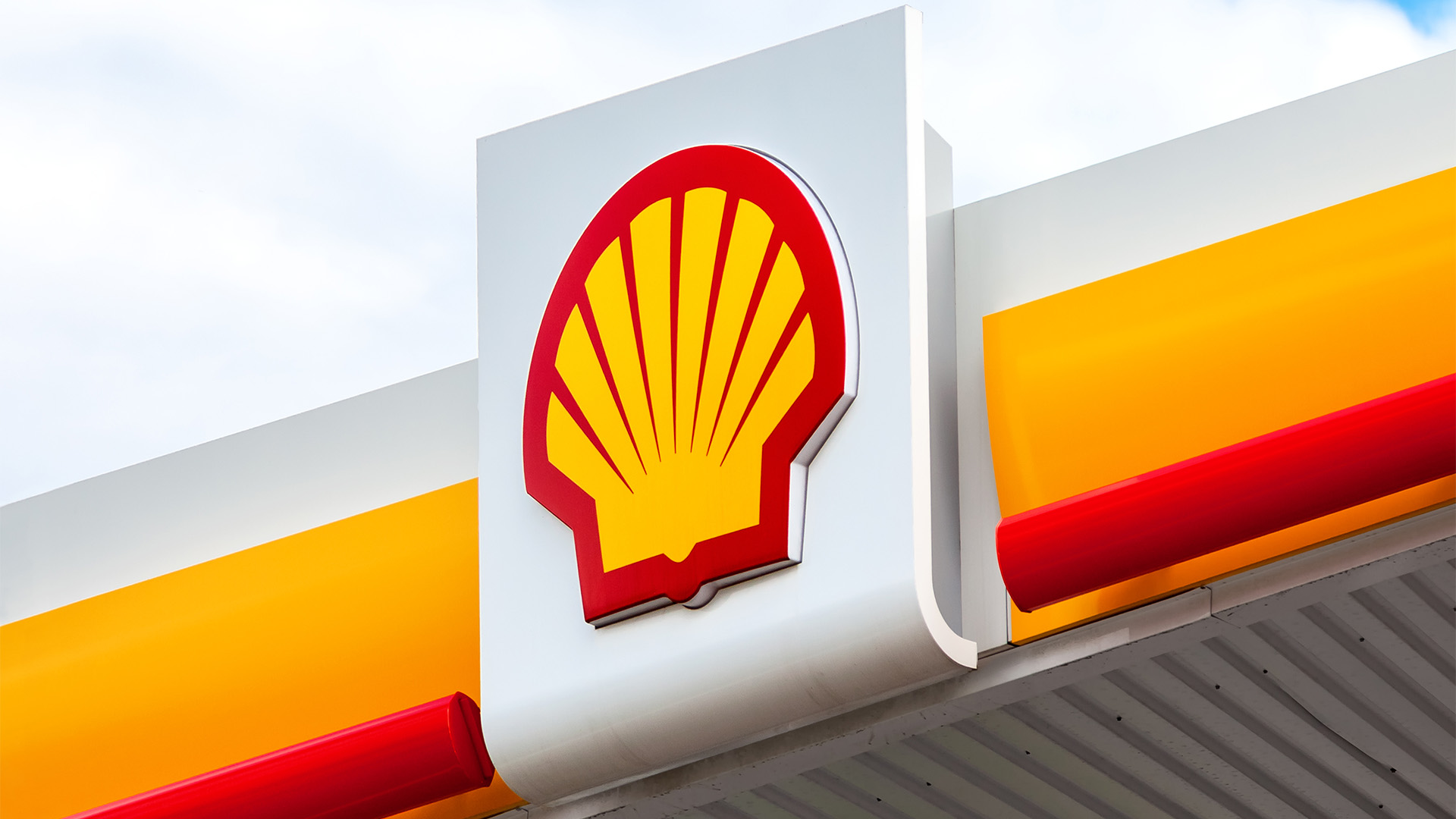Shell, this week, trimmed its 2040 demand estimate— not by much, but lower than the 2021 forecast, suggesting the LNG boom might be over.
Shell, bullish on LNG demand and supply, sees demand in 2040 reaching a range of 625-685 million tonnes, down from a previous estimate of just over 700 million tonnes.
Despite the pandemic, 2020 saw a slight increase in global LNG demand to 360 million tonnes, with a further uptick to 404 million tonnes in 2023 as the world emerged from the crisis, particularly China.
With the US now leading global LNG exports and geopolitical shifts affecting supply dynamics, uncertainty looms over future demand growth, especially in regions like China.
Nevertheless, Shell remains optimistic about China's role in driving LNG demand growth, particularly in sectors like steel production aiming to reduce carbon emissions.
Looking ahead, declining domestic gas production in South Asia and South-east Asia could boost LNG demand, contingent upon significant investments in gas import infrastructure.
Shell emphasizes LNG's complementary role alongside renewables, noting its importance in providing both short-term flexibility and long-term supply security, particularly in regions with high renewable energy penetration.
Despite a well-supplied global market in 2023, the absence of Russian pipeline gas to Europe and limited LNG supply growth maintain structural tightness in the global gas market, sustaining higher prices and volatility.
The energy transition landscape, influenced by political and economic factors, continues to shape demand for both gas and renewables, with upcoming financial reports from major players like Santos and Woodside providing further insights into the industry's trajectory.














